In the food processing industry, effectively extending shelf life and maintaining product quality are core challenges for sustainable business growth. Nitrogen flushing technology, with its unique advantages, has become a mainstream solution for food preservation. This article provides a detailed analysis of how to select and use food-grade nitrogen generators to enhance packaging efficiency and product quality.
When selecting and operating a food-grade nitrogen generator, factors such as nitrogen purity, output capacity, and pressure stability must be considered. Suitable technologies, such as Pressure Swing Adsorption (PSA) or membrane separation systems, should be chosen based on requirements. Nitrogen flushing inhibits oxygen, reduces oxidation and microbial activity, effectively prolonging shelf life and improving product quality. Operators must ensure proper equipment functionality and perform regular maintenance, including replacing filters and carbon molecular sieves. Equipment must comply with food safety certifications and operational standards to guarantee food safety.
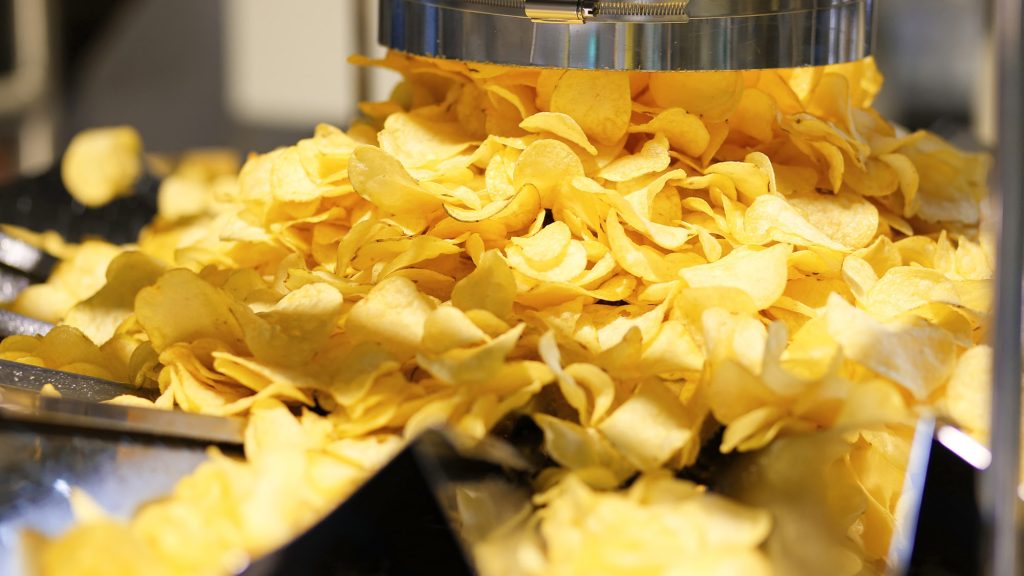
I. Core Value of Nitrogen Flushing Technology and Nitrogen’s Mechanism of Action
1. Advantages of Nitrogen Flushing
Nitrogen flushing replaces oxygen in packaging with high-purity nitrogen, achieving multiple preservation effects:
- Inhibits Microbial Activity: By eliminating oxygen, aerobic bacteria (e.g., molds, yeasts) are suppressed, delaying food spoilage.
- Prevents Oxidative Deterioration: Reduces lipid rancidity, vitamin loss, and pigment oxidation, especially critical for high-fat products like nuts and fried foods.
- Physical Protection: Nitrogen cushioning prevents fragile items (e.g., chips, pastries) from breaking during transport while maintaining product shape.
- Cost Optimization: Compared to vacuum packaging, nitrogen flushing reduces energy consumption by 40%, eliminates the need for costly vacuum chambers, and doubles packaging speed.
2. Scientific Principles of Nitrogen
As an inert gas, nitrogen protects food through three mechanisms:
- Inert Environment: Nitrogen displaces oxygen, reducing concentrations below 0.5% to block oxidation.
- Pressure Balance: Nitrogen minimizes pressure differentials between packaging and the external environment, preventing oxygen permeation through micropores.
- Humidity Control: Some generators include drying systems to lower internal humidity, inhibiting mold growth.
II. Scientific Selection Strategies for Food-Grade Nitrogen Generators
1. Defining Key Parameters
- Purity Requirements: Choose purity based on food type. For example, baked goods require ≥99.9%, while premium health products may need ≥99.999%.
- Output Capacity Matching: Calculate total demand: Total Flow = Packaging Speed (bags/min) × Nitrogen Consumption per Bag (L/bag). Include 20% redundancy for peak demand.
- Pressure Stability: Outlet pressure must align with packaging machinery (typically 0.4–0.8 MPa), with fluctuations <±5%.
2. Technology Comparison: PSA vs. Membrane Separation
| Technology | PSA Nitrogen Generator | Membrane Separation Generator |
| Principle | Oxygen adsorption via carbon molecular sieve | Oxygen separation via selective permeation through polymer membranes |
| Purity Range | 95%–99.999% | 95%–99.5% |
| Applications | High-purity needs (e.g., pharmaceuticals, premium foods) | Low-purity, small-scale production lines |
| Energy Consumption | Higher (requires periodic adsorbent regeneration) | Lower (no regeneration needed) |
| Maintenance | Complex (replace molecular sieves every 2–3 years) | Simple (membrane lifespan: 5–8 years) |
Conclusion: PSA is recommended for the food industry due to its adjustable purity and versatility.
3. Critical Component Evaluation
- Molecular Sieve Quality: Use imported sieves (e.g., Japan’s Takeda or Germany’s BF brands) with hardness ≥92% and nitrogen yield ≥35% to minimize pulverization and extend lifespan to 5+ years.
- Valve Systems: Pneumatic valves must have high sealing (leak rate <0.1%) and durability (≥1.5 million cycles). Recommended brands: SMC or Festo.
- Smart Controls: Integrated purity monitoring (±0.5% accuracy), automatic drainage, and fault diagnostics reduce manual intervention by 70%.
4. Energy Efficiency and Space Optimization
- Energy Savings: Use variable frequency drives (VFDs) to adjust compressor power dynamically, saving 15%–30% energy.
- Footprint: Compact models (10 Nm³/h) occupy 2–3 m²; large systems (≥100 Nm³/h) use containerized designs to save 30% space.
III. Operational Guidelines and Maintenance Systems
1. Daily Operations
Startup Procedure:
- Verify compressed air pressure (0.7–0.75 MPa) and oil levels.
- Preheat the dryer for 3–5 minutes until dew point ≤-40°C, then start the generator.
- Adjust flow valves to stabilize purity and avoid molecular sieve damage.
Runtime Monitoring:
- Record purity (99.9% ±0.1%), flow, and pressure every 30 minutes.
- Inspect exhaust for black powder (indicates sieve wear; shut down if detected).
2. Maintenance Schedule
| Component | Maintenance Cycle | Key Operations |
| Pre-filter Cartridge | 3 months | Replace when pressure gauge turns red |
| Activated Carbon Layer | 12 months | Replace to ensure odor-free, food-grade nitrogen |
| Precision Filter | 12 months | Use ≤0.01 μm filters to block microbial contamination |
| Molecular Sieve Top-up | Annually | Refill 5% of initial volume to prevent bed collapse |
| Valve Seals | 2 years | Proactive replacement reduces leakage risks |
Tip: Allocate 3%–5% of equipment cost annually for maintenance to minimize downtime.
3. Troubleshooting
- Purity Drop: Check sieve activity (replace if adsorption capacity <80%), valve seals, and oxygen analyzer calibration.
- Low Output: Inspect compressor capacity, pipeline leaks, and filter clogs.
- Abnormal Vibration: Tighten bolts, check compressor bearings, and lubricate or replace parts as needed.
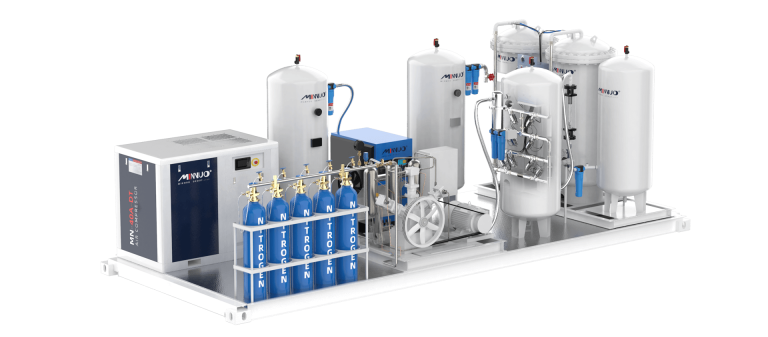
IV. Safety and Compliance Requirements
1. Food Safety Certifications:
- Equipment must comply with ISO 22000 and HACCP standards.
- Nitrogen purity reports must include hydrocarbon and CO₂ impurity levels (e.g., total hydrocarbons ≤50 ppm).
- Use NSF H1-certified lubricants to avoid compressed air contamination.
2. Operational Safety:
- Install oxygen monitors (alarm threshold ≥19.5%) in confined spaces.
- Train staff in emergency shutdowns and nitrogen asphyxiation rescue protocols.
V. Industry Trends and Innovations
1. Smart Technology Integration:
- IoT remote monitoring centralizes multi-device management, reducing fault response time by 60%.
- AI algorithms optimize adsorption cycles, boosting sieve utilization by 15%.
2. Green Energy Solutions:
- Heat recovery systems repurpose compressor waste heat for facility heating, cutting energy use by 20%.
- Molecular sieve regeneration exhaust recycling reduces carbon emissions, aligning with carbon neutrality goals.
VI. Conclusion
Food-grade nitrogen generators are pivotal in modern food preservation. Selection and operation must balance technical performance, cost efficiency, and compliance. By aligning equipment with production needs, standardizing workflows, and adopting smart maintenance systems, businesses can extend shelf life by 30%–200%, reduce energy costs, and enhance operational efficiency.
Future advancements in membrane materials and adsorption technology, such as those pioneered by MINNUO, will drive smaller, more efficient nitrogen generators, offering sustainable solutions for the food industry.

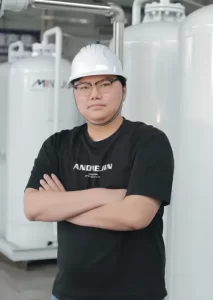
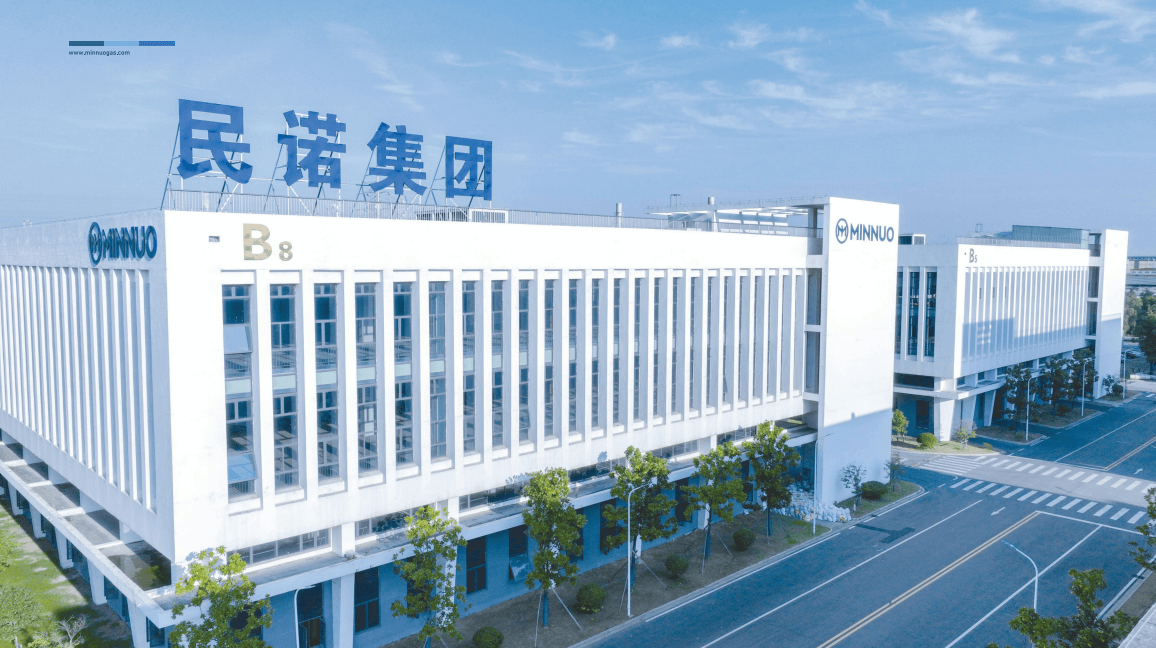

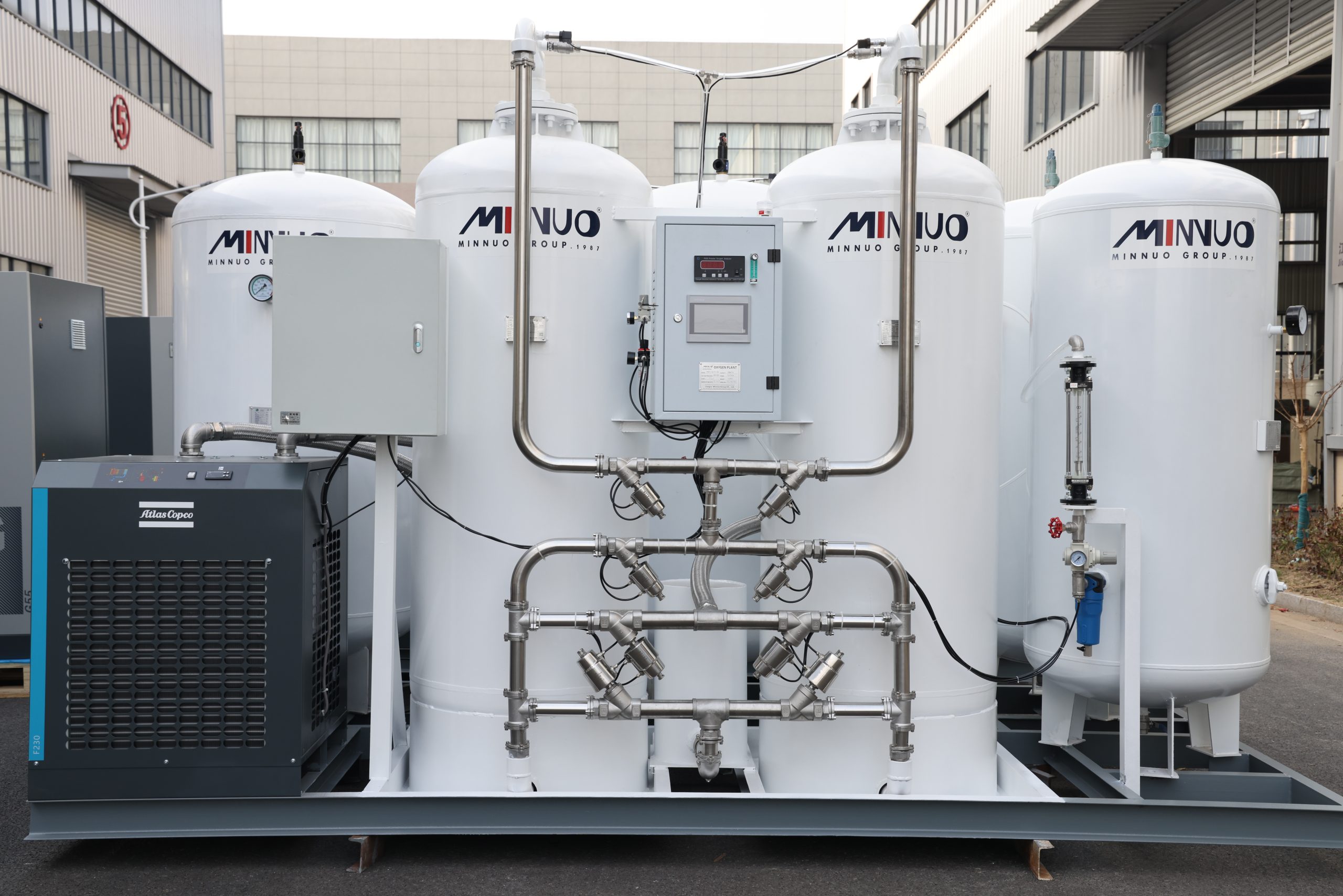

 sales2:+86 17506119168
sales2:+86 17506119168

